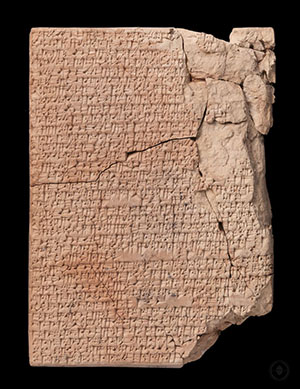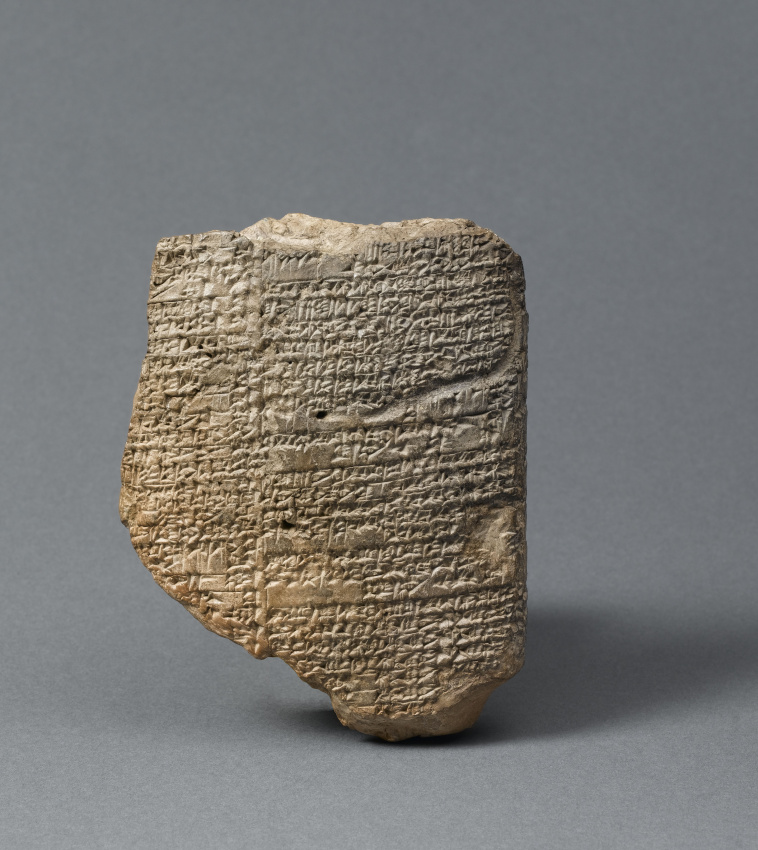While reading about glassmaking for a post later this week, I got waylaid by another type of tablet relating to instructions to the reader: Yale’s collection contains three tablets which are among the earliest known examples of recipe books. I’ve chosen one of these for today’s picture.
If there’s one word I would use to describe these recipes, it’s terse. They were not trying to up their word count with extraneous descriptions or excite the taste buds with descriptions of the aromas, textures, and tastes. Here’s a typical example:
“Meat is used. Prepare water; add fat [ ], milk (?), cypress (?) as desired, and mashed leek and garlic. It is ready to serve.”
Isn’t your mouth just watering?
The invention of the cookery book may seem like a small thing, but it marks a step away from such a typically domestic process being passed down within families, and perhaps groups of friends, and opens up the potential for wider dissemination of ideas. For the transmission of expert knowledge.
Of interest is that these recipes are stated using the second person pronoun: “You take a bit of this and you add it to the pot”, rather than “Take a bit of this and add it to the pot” as is more common today. This grammatical construct was like a linguistic tic that lasted for around 2000 years, from Akkadian times onwards. As the academic Eduardo A Escobar says, “in the course of two millennia, scribes produced hundreds of cuneiform tablets addressed to you”.
Doesn’t that make you feel special?

